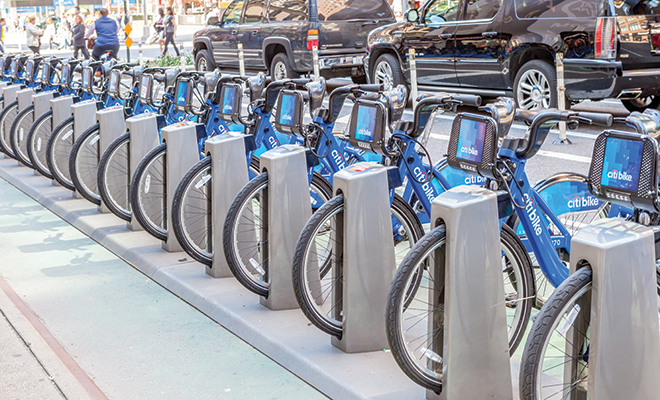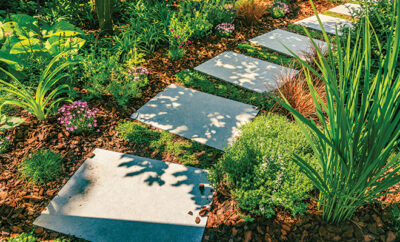
The Growth of Urban Bike Rental Programs
There’s no denying the pure pleasure of riding a bike on a sunny day and feeling the wind stream through your hair. Bicycle riding builds muscle without putting the same stress on your joints as walking and running. It provides a cardiovascular workout. You can also gain a sense of community by biking with others outdoors.
Unfortunately, riding isn’t practical for everyone, especially for people who live in urban areas and have nowhere to store a bike. Now people in many cities can enjoy the fun and benefits of cycling through bike sharing.
Bike sharing systems allow you to rent a bike for a few minutes or a few hours. You pick up a bicycle from a special rack on the street, also referred to as a “dock.” A bike is only released from the dock when the rider enters payment information through a device on the dock or through a smartphone app. When you’re done riding, you return it to the same dock or to a dock in a different location. A rider is typically charged by the hour while the bike is undocked.
Different bike sharing systems use different types of payment. Some allow riders to swipe a credit card to unlock a bike, while others require riders to pre-register and subscribe to the service. In both cases, a rider who doesn’t properly return a bike will be charged for its replacement using the credit card on file.
Bike sharing programs have existed in Europe since the 1960s. Once a novelty in the U.S., self-serve bike rental systems have appeared in big cities and smaller towns across the country. The National Association of City Transportation Officials reports that more than 123 million trips were taken on bike share bikes in the U.S. between 2010 and 2017. As of 2017, there were bike sharing systems in more than 130 North American cities.
Most bike share systems are run by private companies, public agencies or a partnership between public and private organizations. For example, the Divvy bike share program in Chicago is operated by Motivate, a private company, with funding from healthcare insurer Blue Cross Blue Shield and the federal government. The Chicago Department of Transportation helps with program administration.
Ride sharing bicycles are usually painted in a uniform bright color to make it obvious that they’re part of a sharing service. Some bikes prominently bear the name of the service. In Minneapolis, bikes in the Nice Ride system are painted lime green with the company name in large black letters on the frame. In Seattle, three competing bike sharing companies set themselves apart with neon yellow, green and orange bikes.
In 2017, dockless bike sharing was introduced in many cities. This type of system uses bikes with a self-contained locking system that eliminates the need for a docking rack. Riders aren’t tied to a docking location and can use a smartphone and GPS to locate an available bike. Although this is a more flexible option for riders, dockless bike sharing has come with some controversy, since many cities were unprepared for the resulting influx of abandoned bicycles on streets and sidewalks. In some cities, social media campaigns have sprung up showing photos of vandalized dockless share bikes.
Whether the riders are students, commuters or tourists, the designers of bike sharing programs claim they can help cities by easing traffic congestion and easing the strain on crowded public transportation systems. Bike sharing is also cited as a solution to what’s known as the “last mile” problem, which refers to the additional distance that riders of public transportation may need to travel to reach their destinations.
Studies have found that bike sharing is having an impact on traffic congestion and the resulting pollution in large cities such as Minneapolis and New York City. Bike sharing has also been found to be a positive contributor to public health, since the exercise of bike riding is replacing a car or bus ride. However, being able to pay a bike rental fee is out of reach of many poorer occupants of the cities in which bike sharing programs exist. Some cities are experimenting with income-based discount programs and other incentives to make bike sharing available to more people.
Ride sharing bikes are designed to withstand the elements and hard use, so they tend to have a single gear and heavier frames that make them harder to ride than the typical multi-gear road bike. This makes bike sharing less attractive in a hilly city such as San Francisco. Weather is another factor to consider, especially in cities with harsh winter climates. Some experts say that the next wave of bikes for sharing could be electric bikes and scooters that appeal to more riders. ■
Sources: nacto.org, outsideonline.com, yaleclimateconnections.org and health.harvard.edu.







